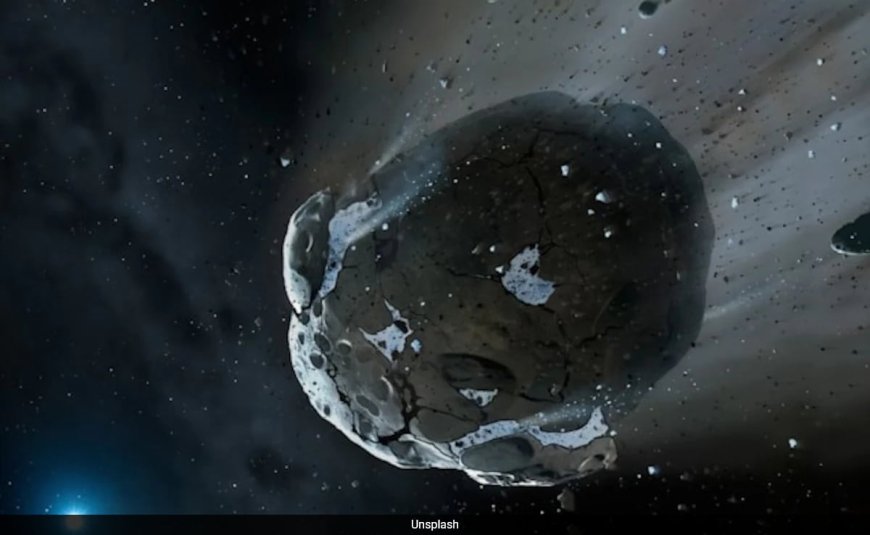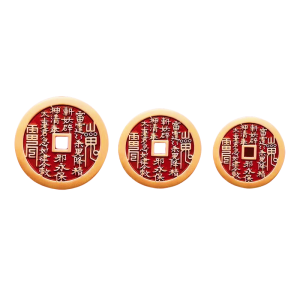A 120-Feet Airplane-Sized Asteroid Makes A Close Flyby Of Earth
A plane-sized asteroid will safely pass by Earth today, offering scientists a chance to gather valuable data about near-Earth objects. While this particular asteroid poses no threat, it highlights the importance of ongoing asteroid research and monit

Officials at NASA confirmed today that a 120-foot asteroid, roughly the size of a small aeroplane, will make a close approach to Earth. But do not worry, as despite close proximity, the asteroid 2022 SW3 poses no threat. NASA's Jet Propulsion Laboratory assured there was no cause for concern when it said that the asteroid "is going to come no closer than about 1.6 million miles."
It will pass within the distance of three times that of Earth to the Moon. Although close, the scientists are swift to say that it does not threaten Earth yet. This close encounter will be an opportunity for scientists to acquire much-needed data about near-earth objects (NEOs).
The scientists track the orbits of the known asteroids, including 2022 SW3, which periodically come close to the Earth orbit. These observations are very important for the purpose of prediction and assessing danger.
Indeed, asteroids were part of the material leftovers of the old solar system, born about 4.6 billion years ago. They don't have atmospheres and are not shaped as planets. High technology and observation can trace their paths to the smallest detail.
A few had major implications for Earth, including the one at Chicxulub that caused the demise of the dinosaurs 66 million years ago.
Examples include NASA's OSIRIS-REx and Japan's Hayabusa2. Samples obtained from missions like these have been instrumental in giving answers about the origin of our solar system and how life-preserving compounds could have landed on Earth. Every asteroid that passes adds to our chances of getting ready for other potential threats.
Today's close flyby also becomes an eye-opener to the fact that one cannot just understand asteroids or close observations of them once and for all. Though this event is not hazardous, it will be a good time to collect data in preparation for upcoming encounters by scientists.
The space agency NASA has created a defence system to ward off the fear of these near-earth objects. According to NASA, the Double Asteroid Redirection Test (DART), the world's first planetary defence technology demonstration, successfully impacted its asteroid target in the past in an attempt to move an asteroid in space.
What's Your Reaction?





















































